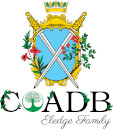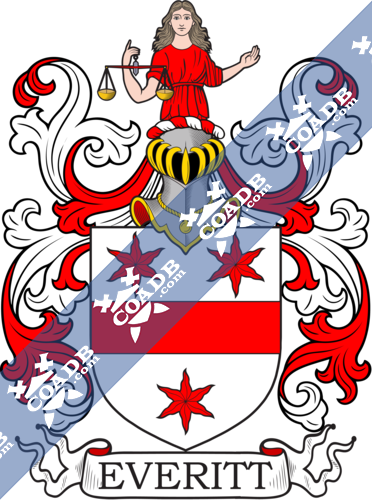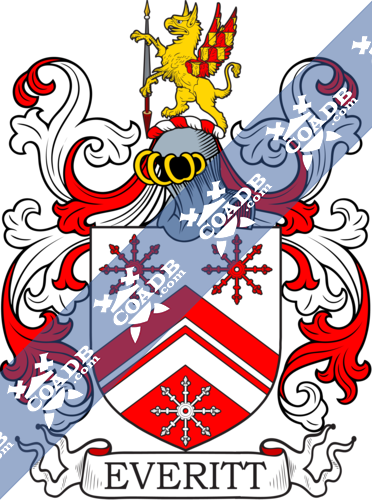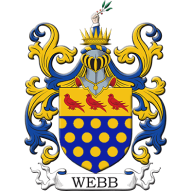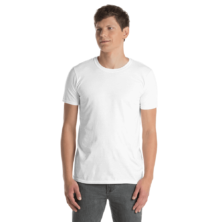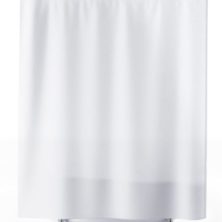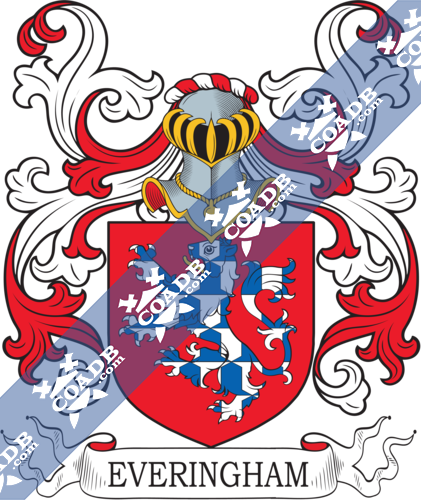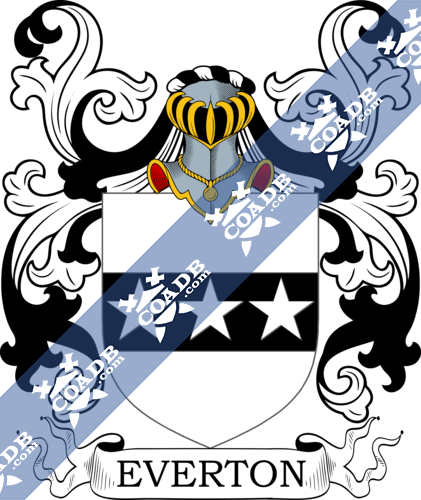Everit Family Crest, Coat of Arms and Name History
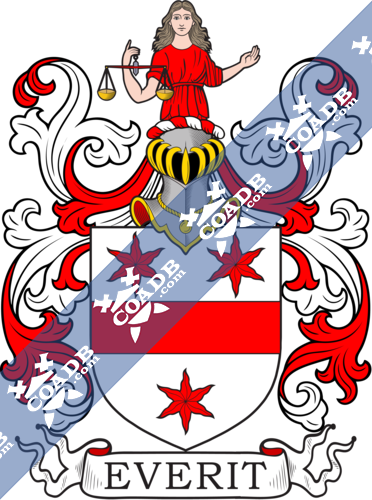
Everit Coat of Arms Gallery
Don’t know which Coat of Arms is yours?
We can do a genealogical research. Find out the exact history of your family!
Learn MoreThis section has not yet been completed. If you are interested in having your genealogy done, we offer an affordable research servicethat traces your lineage so you can learn more about your ancestors, where they came from, and who you are.
Blazons & Genealogy Notes
1) Notes: None. Blazon: Ar. a fesse betw. three estoiles gu. Crest—A demi lady holding in the dexter hand a balance and scales, equally poised ppr.
2) Notes: (F. W. E. Everitt, Esq., of Lincoln’s Inn, co. Middlesex). Blazon: Per chev. ar. and gu. two chevronels betw. three escarbuncles counterchanged. Crest—A gryphon segreant or, winged vaire of the last and gu. supporting a tilting spear erect ppr.
